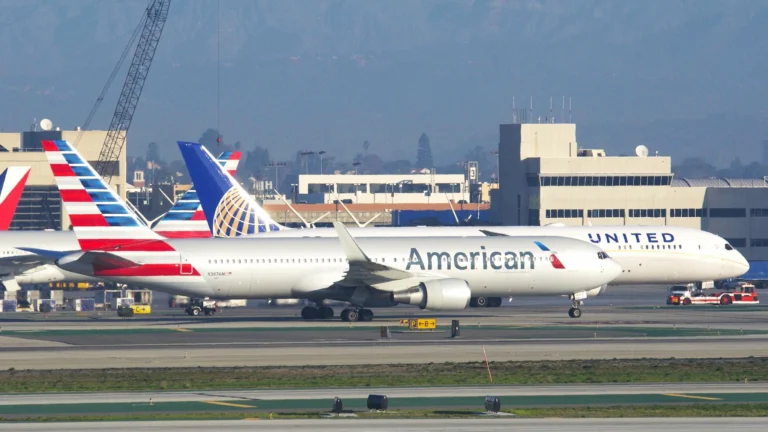Aviation safety remains a paramount concern for millions of travellers worldwide, particularly following recent high-profile incidents that have captured public attention.
While commercial air travel continues to be statistically one of the safest forms of transportation, understanding which airlines have experienced the most crashes provides valuable insight into industry safety standards and helps passengers make informed decisions about their travel choices.
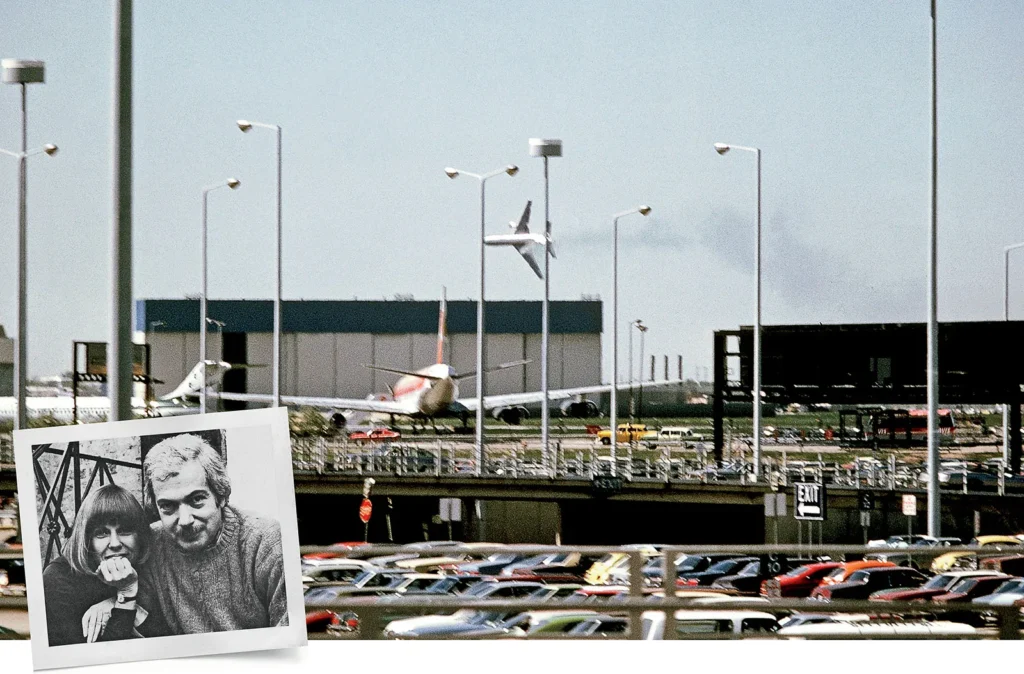
Current State of Aviation Accidents in 2025
Overall Crash Statistics for 2025
As of April 2025, the National Transportation Safety Board (NTSB) has documented approximately 153 aircraft accidents within the United States, with 23 of these incidents resulting in fatalities. This represents a continuation of aviation safety trends, though each incident serves as a reminder of the ongoing challenges facing the industry.
The most significant event of the year occurred on January 29, when a mid-air collision near Washington, D.C., claimed 67 lives. This tragic incident involved an American Eagle (MQ) regional jet operating under the American Airlines (AA) brand, which collided with a military aircraft. The accident has raised serious questions about air traffic control procedures, pilot training protocols, and the effectiveness of current safety management systems.
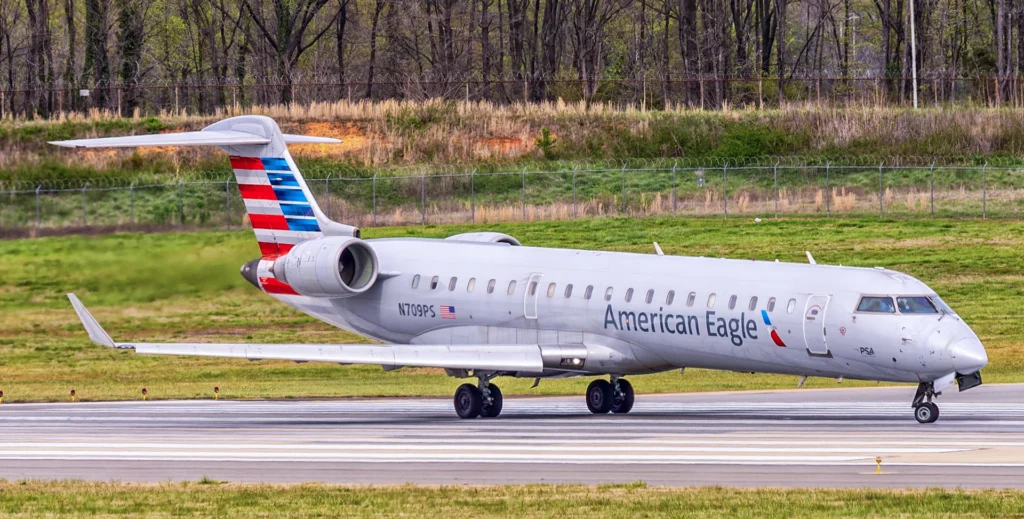
Comparing 2024 and 2025 Data
The aviation landscape in 2024 provided important context for understanding current safety trends. Throughout that year, the United States recorded approximately 1,417 aircraft accidents, with 258 classified as fatal events. However, these statistics include all types of aircraft operations, not just commercial airlines.
On a global scale, 2024 witnessed 7 deadly crashes among the 40.6 million commercial flights operated worldwide, resulting in 244 fatalities.
This data reinforces the statistical reality that commercial aviation remains extraordinarily safe, with experts calculating that an individual would need to fly daily for over 15,000 years to statistically encounter a fatal accident.
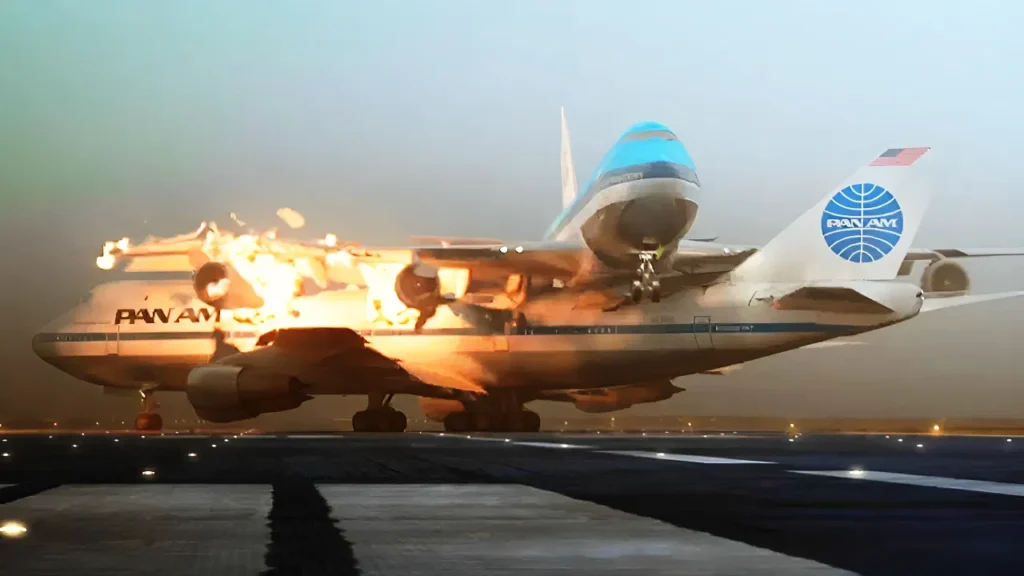
Commercial Aviation Safety Analysis
Distribution of Accident Types
A crucial distinction exists between different categories of aviation accidents. Nearly 80 per cent of all aircraft accidents and 72 per cent of fatal incidents involve personal, single-engine aircraft rather than commercial airliners. This distinction significantly impacts how the public should interpret aviation safety statistics and concerns about commercial airline operations.
For commercial aviation specifically, the 2025 data shows approximately 122 reported crashes in the United States, including 19 fatal incidents that have resulted in over 100 deaths. While these numbers may seem concerning, they must be viewed within the context of the millions of commercial flights operated annually.
Airlines with the Highest Crash Numbers
When examining historical crash data across global carriers, certain airlines have experienced more incidents than others.
American Airlines (AA) and Air France (AF) lead the list with 11 crashes each, though context is crucial when interpreting these figures. Two of American Airlines’ incidents occurred during the September 11, 2001, terrorist attacks, which were not related to operational safety failures.
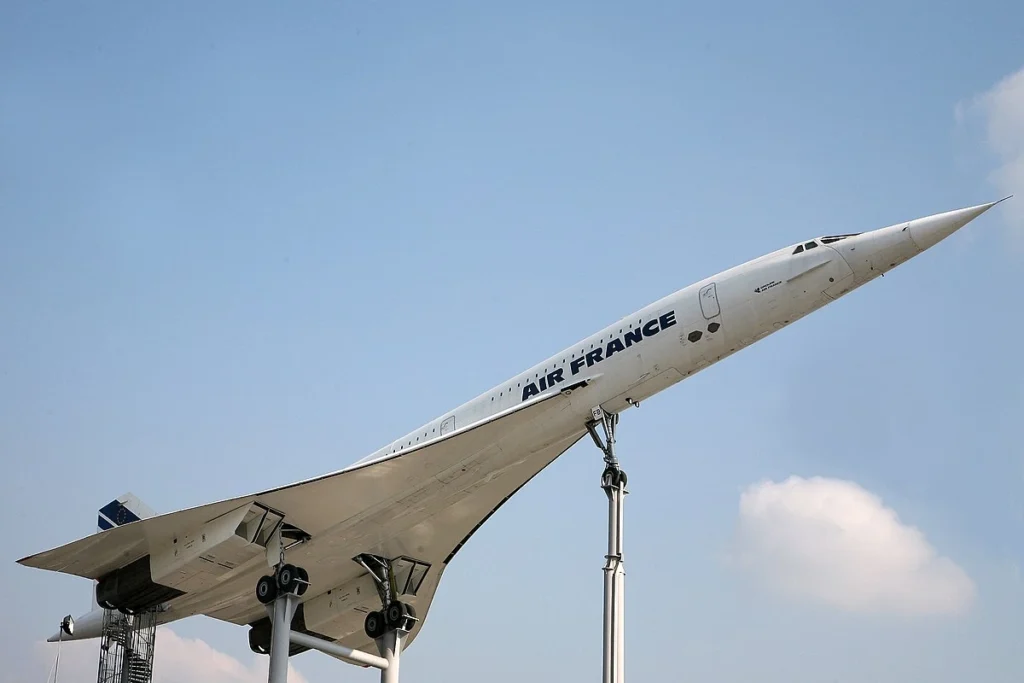
Ranking Most Dangerous Airlines
The complete ranking of airlines by total crash numbers reveals important patterns. China Airlines (CI) and Korean Air (KE) each recorded 9 crashes, followed by Pakistan International Airlines (PK) with 8 incidents. United Airlines (UA), despite being one of the world’s largest carriers, has experienced 7 crashes, with two also occurring on September 11th.
Several regional carriers and subsidiaries contribute to these statistics. American Eagle (MQ), the regional branch of American Airlines (AA), has recorded 5 crashes. When combined with its parent company, the total reaches 16 incidents. Similarly, Continental Airlines (CO), which merged with United Airlines (UA) in 2012, had 5 crashes, bringing the combined total to 12 incidents.
Other notable carriers on the list include EgyptAir (MS), Ethiopian Airlines (ET), and Thai Airways (TG), each with 6 crashes. European carrier Lufthansa (LH) appears with 5 incidents, while several Asian and Latin American airlines, including Garuda Indonesia (GA), TAM Airlines (LA), Turkish Airlines (TK), and Philippine Airlines (PR), each recorded 4 crashes.
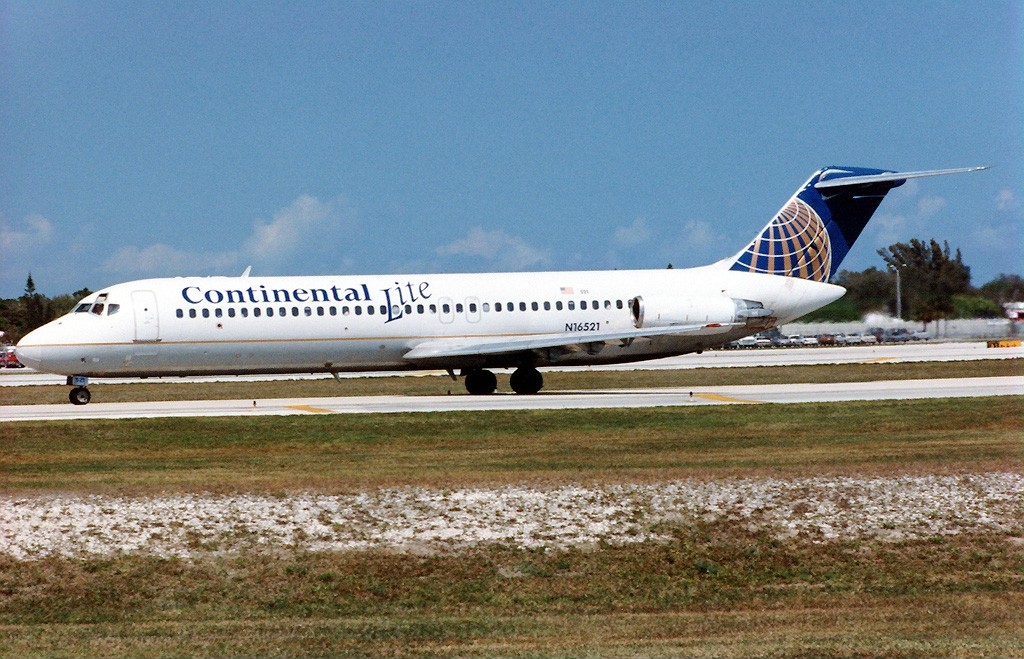
Major Carrier Safety Records
The 3 largest U.S. carriers—Delta Air Lines (DL), United Airlines (UA), and American Airlines (AA)—continue to maintain comprehensive safety management systems that exceed FAA requirements. These airlines invest heavily in advanced pilot training programs, updated aircraft maintenance protocols, and state-of-the-art safety technologies.
Delta Air Lines (DL) has historically maintained one of the strongest safety records among major carriers, with significant investments in crew resource management training and aircraft modernisation programs.
United Airlines (UA) has similarly prioritised safety enhancement initiatives, particularly following industry-wide scrutiny of maintenance practices and pilot training standards. The carrier has implemented advanced flight data monitoring systems and enhanced its safety reporting culture to identify potential issues before they develop into serious problems.
American Airlines (AA), despite the recent American Eagle (MQ) incident, continues to operate one of the world’s largest fleets while maintaining strict adherence to safety protocols.

International Perspective on Aviation Safety
Global Accident Trends
International aviation safety data provides additional context for understanding crash patterns worldwide. The Brazilian aircraft accident in August 2024, which claimed 62 lives, exemplifies the ongoing challenges faced by aviation authorities in maintaining safety standards across different regulatory environments and operational conditions.
European carriers generally maintain excellent safety records, with strict oversight from the EASA and comprehensive safety management requirements. Asian carriers have also significantly improved their safety performance over recent decades, though regional variations in regulatory oversight continue to influence overall safety outcomes.
Regional Safety Variations
Aviation safety standards vary considerably across different regions of the world. While established aviation markets in North America and Europe maintain rigorous safety oversight, emerging markets sometimes face challenges related to infrastructure development, regulatory capacity, and training resources.
These variations highlight the importance of international cooperation in aviation safety, including sharing best practices, standardising training requirements, and coordinating safety oversight activities across different regulatory jurisdictions.

Factors Influencing Aviation Safety
Pilot Error
Pilot error remains a significant factor in aviation accidents, though modern aircraft design and training programs have substantially reduced its impact. The industry has shifted toward a systems-based approach to safety that recognises human limitations and designs procedures and technologies to support pilot decision-making.
Crew resource management training has become a cornerstone of modern pilot education, emphasising communication, situational awareness, and collaborative decision-making. These programs have proven effective in reducing accidents caused by human factors and improving overall flight safety.

Technological Advancements
Modern aircraft incorporate numerous safety technologies that have dramatically improved aviation safety over recent decades. Advanced flight management systems, terrain awareness systems, and traffic collision avoidance systems have eliminated many traditional causes of aviation accidents.
The ongoing development of satellite-based navigation and communication systems promises further safety improvements, particularly in areas with limited ground-based infrastructure. These technologies enable more precise aircraft tracking and improved communication capabilities in remote areas.

Regulatory Oversight
Strict regulatory oversight continues to play a crucial role in maintaining aviation safety standards. The FAA and international regulatory bodies conduct regular inspections, monitor safety performance, and implement new requirements based on emerging safety concerns.
Airlines must maintain comprehensive compliance programs that address everything from pilot training and aircraft maintenance to operational procedures and safety management systems. This regulatory framework provides the foundation for the industry’s strong safety performance.
Public Perception and Safety Reality
Managing Safety Concerns
Recent high-profile accidents have naturally raised public concerns about aviation safety, despite the statistical evidence supporting air travel’s safety record. Airlines and regulatory authorities face the ongoing challenge of maintaining public confidence while addressing legitimate safety concerns.
Transparency in safety reporting and investigation processes helps build public trust and demonstrates the industry’s commitment to continuous improvement. When accidents occur, thorough investigations and implementation of corrective measures show that the aviation system learns from each incident.

Statistical Context
The mathematical reality of aviation safety provides an important perspective on crash statistics.
With millions of flights operated annually, even a small number of accidents can generate significant media attention while representing a statistically insignificant portion of total operations.
Understanding these statistics helps travellers make informed decisions about air travel and recognise that commercial aviation remains far safer than alternative transportation methods, including automobile travel.
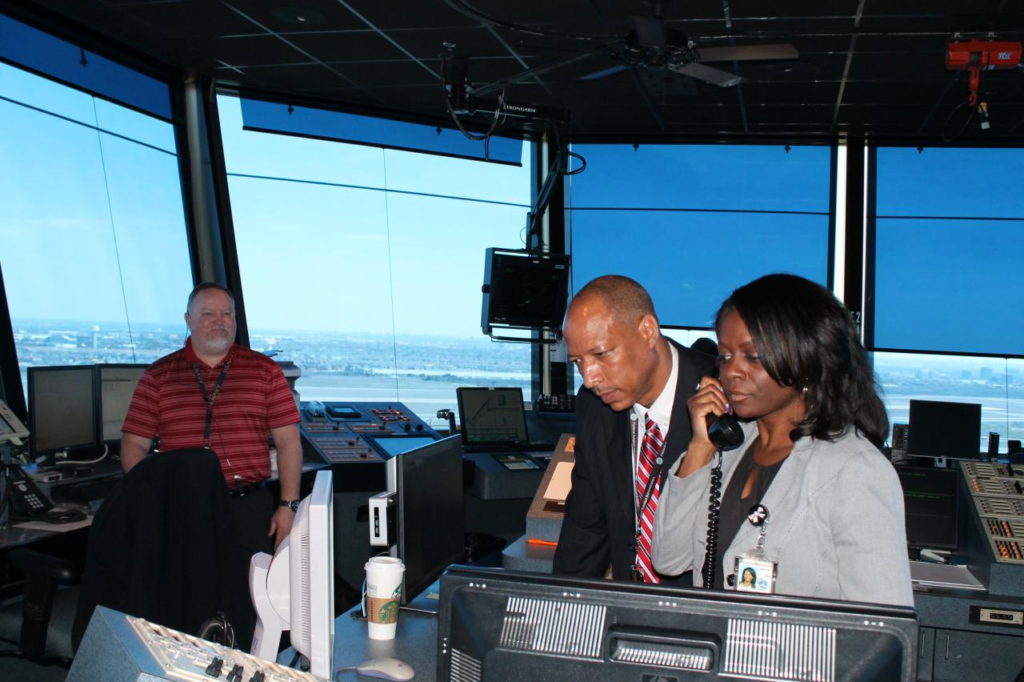
Bottom Line
While recent aviation incidents have understandably raised questions about airline safety, the statistical evidence continues to support commercial aviation’s position as one of the safest forms of transportation available.
As airlines like Delta (DL), United (UA), and American (AA) maintain their rigorous safety standards and invest in enhanced training and technology, passengers can continue to fly with confidence, knowing that the aviation industry’s comprehensive approach to safety management provides multiple layers of protection for every flight.
Stay tuned with us. Further, follow us on social media for the latest updates.
Join us on Telegram Group for the Latest Aviation Updates. Subsequently, follow us on Google News

